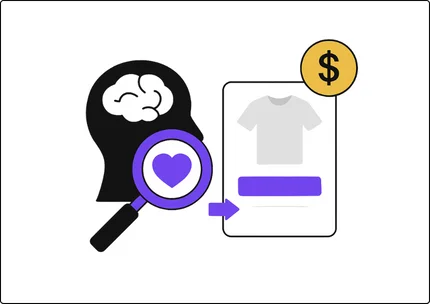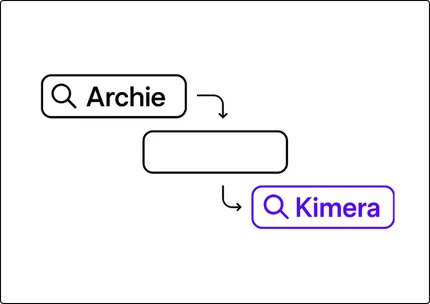In the era of digital information overload, the battle against fake news has escalated to unprecedented levels. Misleading narratives not only erode public trust but also pose real-world consequences. In a groundbreaking study by Binghamton University, State University of New York, cutting-edge solutions powered by Machine Learning and blockchain technology are explored to tackle the menace of fake news head-on.
Decoding misinformation patterns: a strategic defense against fake news
Misinformation has long plagued information ecosystems, but its virulent impact in the digital age demands innovative countermeasures. Professor Thi Tran spearheads research that unveils hidden patterns within misleading narratives. By empowering content creators to recognize these patterns, the inadvertent spread of fake news can be curtailed.
Machine Learning's crucial role: predicting and preventing harmful dissemination
Central to Tran’s research is the integration of Machine Learning, a subset of Artificial Intelligence, into the war against fake news. Machine Learning systems dissect vast datasets, identifying indicators of misinformation and gauging potential harm. This proactive approach aids in pinpointing areas where misinformation could inflict the most damage, thus enabling more targeted and effective interventions.
- Machine Learning analyzes patterns in misinformation narratives
- Predicts potential harm based on user characteristics
- Enables targeted mitigation efforts to prevent unintentional spread

Blockchain's traceability: unmasking the origins of misinformation
Blockchain technology emerges as a potent weapon in the fight against fake news. Its inherent traceability offers a novel approach to identifying and tracking the sources of misinformation. By unraveling the origin of misleading narratives, blockchain enhances the detection and analysis of patterns, bolstering the arsenal against fake news.
- Utilizes blockchain for source verification and traceability
- Enhances detection of patterns and trends
- Adds an additional layer of transparency to combat misinformation
Pioneering a safer information landscape
The study’s findings underscore the pivotal synergy between Machine Learning and blockchain in combating fake news. By unraveling misinformation patterns and harnessing predictive insights, content creators are empowered to mitigate the inadvertent spread of false information. The exploration of blockchain technology adds a critical layer of transparency, ensuring the reliability of information in the digital age.
As we navigate the intricate web of information dissemination, Binghamton University’s research points toward a future where Machine Learning and blockchain forge a formidable alliance against fake news. Through collaborative efforts, these technologies hold the promise of creating a safer and more credible information landscape.
How can stakeholders collaboratively harness the power of Machine Learning and blockchain to create a robust defense against the proliferation of fake news? Tell us in the comments below




















